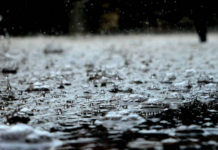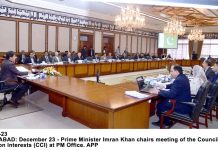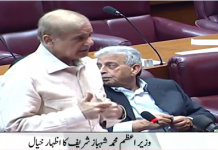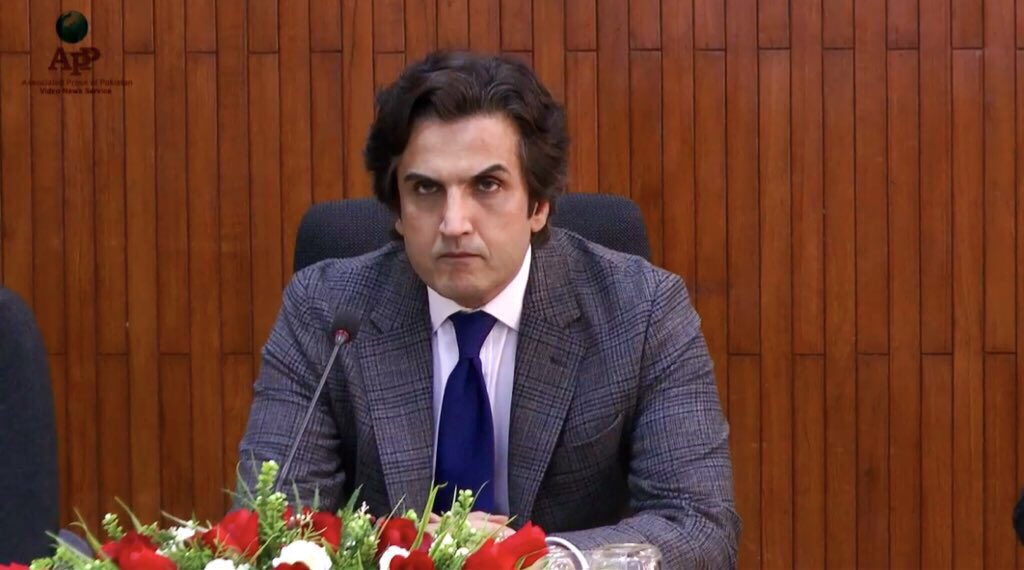مضمون کا ماخذ : پاور بال کے نتائج
Kashmiris observe Accession to Pakistan Day
Kashmiris on both sides of the Line of Control, Pakistan and all over the world observed Accession to Pakistan Day on Monday with a renewed pledge to continue the struggle for freedom from Indian occupation and complete merger of Jammu and Kashmir with Pakistan. An report released by a Kashmiri media outlet on this day […]
Kashmiris on both sides of the Line of Control, Pakistan and all over the world observed Accession to Pakistan Day on Monday with a renewed pledge to continue the struggle for freedom from Indian occupation and complete merger of Jammu and Kashmir with Pakistan.
An report released by a Kashmiri media outlet on this day revealed that about 500,000 Kashmiris have laid down their lives for Jammu and Kashmir’s freedom from Indian occupation during the past seven decades.
It said the worst kind of Indian brutalities have failed to wipe out the Kashmiris’ love for Pakistan.
The report added that Indian troops have martyred over 95,830 Kashmiris, including 7,185 in custody since January 1989.
The troops subjected over 8,000 Kashmiri youth to custodial disappearance, molested and disgraced over 11,244 women and destroyed as many as 110,420 houses during the period while thousands remain lodged in different jails of IIOJK and India under the draconian Public Safety Act.
The report, while giving the background of the Accession to Pakistan Day, said that it was on July 19, 1947 when the destiny of Kashmir was ascertained through a historical Accession to Pakistan Day resolution adopted by the by the All Jammu and Kashmir Muslim Conference at Abi Guzar in Srinagar during an emergency convention at the residence of Sardar Muhammad Ibrahim Khan.
The convention was presided over by Chaudhry Hamid Ullah Khan, and the resolution was presented by Khawaja Ghulam-ud-Din Wani and Abdul Rahim Wani, with 59 prominent leaders in attendance.
The historical resolution of July 19, 1947 calls for the Accession of J&K to Pakistan, considering its religious, cultural and geographical proximity to Pakistan and the aspirations of the Kashmiri Muslims.
The resolution was unanimously adopted on July 19, 1947 showing a political and constitutional stance. It indicated that existing religious, geographical, cultural, economic ties and the aspirations of millions of Kashmiri Muslims warrant accession of the state of Jammu and Kashmir with Pakistan.
During the partition of the sub-continent, the people of the state of J&K which comprised Muslim majority decided to join Pakistan, according to the British-led formula. But, Dogra Raja, Sir Hari Singh-a Hindu who was ruling over the J&K in connivance with the Indian Prime Minister Jawaharlal Nehru and Governor General Lord Mountbatten-joined India. The report said that Indian forces invaded Srinagar on October 27, 1947 and forcibly occupied Jammu and Kashmir in violation of the partition plan and against the wishes of the Kashmiri people.
When Pakistan responded militarily against the Indian aggression, on December 31, 1947, India made an appeal to the UN Security Council to intervene and a ceasefire ultimately came into effect on January 1, 1949, following UN resolutions calling for a plebiscite in Kashmir.
It is pertinent to mention here that the Security Council adopted resolution 47 (1948) of 21 April, 1948, which promised a plebiscite under UN auspices to enable the people of Jammu and Kashmir to determine whether they wish to join Pakistan or India. Later, India backed out of its promise of holding plebiscite.
Indian atrocities spanning over seven decades have failed to erase Kashmiris’ love for Pakistan. Over 450,000 Kashmiris have so far laid down their lives for J&K’s freedom from India and its Accession to Pakistan.
Kashmiris are continuing struggle to translate the idea of accession of J&K to Pakistan under the spirit of July 19, 1947 resolution, the report added.










